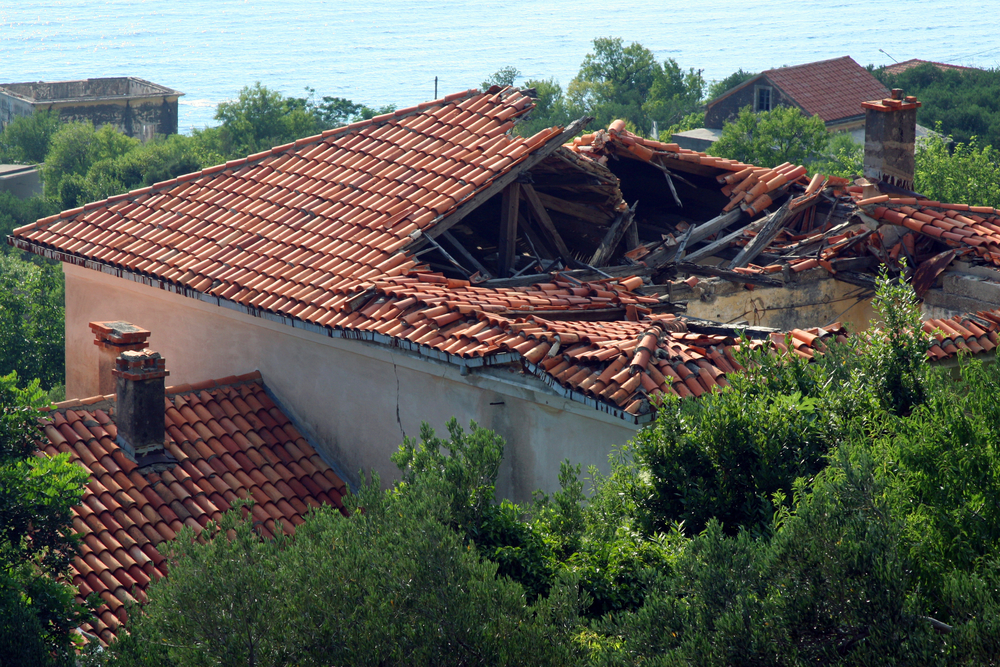According to experts, California is not earthquake ready. Between 1812 and 2012, close to 70 major earthquakes have been recorded. The building codes have changed as advances in technology and building materials appeared but there is still a lot to do. Seismologists contend that besides local and State government, each and every one of us has to make our house earthquake ready.
California seismic building code
The State of California seismic building code is constantly revised, especially after an earthquake, when engineers have studied the damaged structures and introduced new standards applicable to older or new constructions. The goal of each revision is to increase buildings strength and structural reliability. New building codes require specific masonry tests for new buildings, such as :
- Brick walls with specific measurements between headers
- Wall anchors, wall bolts and bricks are tested according to new requirements
The official site of California Department of Public Health gives you all the latest news, requirements, tips and and advice about how to get earthquake ready, what to do before, during and after an earthquake, whether you live in condos, houses, if you are indoors or outdoors when it occurs. But the next best thing besides being informed is to know that you have should do to make your house earthquake ready.
Make your house earthquake ready
Last year the Mayor of Los Angeles announced that thousands of wooden and concrete buildings were going to be retrofitted. It is time you do the same for your home. Homeowners should hire a licensed engineer to inspect their home, eventually identify any weakness in the structure and determine if retrofitting is required.
The major structural areas to examine are:
- Foundations: should be protected against moisture because clay soil moves and damages the foundations.
- Anchoring: the walls should be securely anchored to the foundation with bolts spaced evenly.
- Cripple walls: because they act as shock absorbers they should be well braced with plywood.
- Masonry walls: should be reinforced so they wouldn’t shatter and collapse.
- Other foundations: piers or posts should be braced together to provide extra strength.
But others areas should be inspected and other aspects should be taken into consideration:
- Ask the engineer what you should do in order to install shut off valves to your gas, water and electric pipes and lines.
- Buy and install (or hire a licensed plumber) a bracing kit in order to secure your water heater.
- Secure heavy pictures and mirrors on the wall and avoid having them hanging over your head.
Each time the building codes are revised, they prove to be efficient when a new earthquake occurs. It is in our best interest to have our home retrofitted to match those new codes; it will save your home and potentially save your life. This is why having your house earthquake ready is not only a need but a necessity. After assessing the strengths and weaknesses of your home, hire a licensed general contractor to work on the issues and make your home safe.
As a full-service construction and remodeling company in San Diego, Collom Construction possesses the resources necessary for a successful project. We deliver products of quality craftsmanship and work with you to meet your needs and respect your budget.
Give us a call today to set up an appointment for a free quote.
